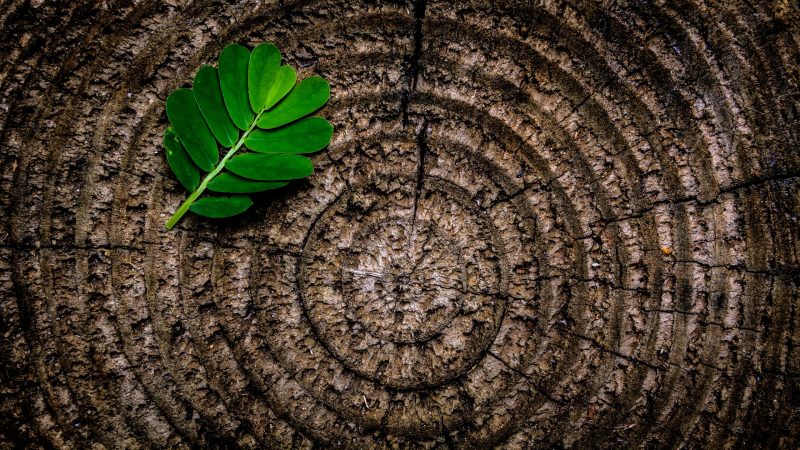
They went to a place called Gethsemane… Mark 14:32 (NIV)
Dendrochronology is the study of data from the growth of tree rings. Most people who enter into studying tree rings typically come from one of several disciplines: archaeology (for the purpose of dating materials and artefacts made from wood); chemists and scientists from the field of paleoclimatology where we can learn about the environmental conditions of the past, locally or globally, based on what the tree rings are telling us.
I came across an article, ‘The Age of Olive Trees in the Garden of Gethsemane’. In this study a group of Italian scientists looked at eight olive trees in the Garden of Gethsemane, which is located in Jerusalem. They were radiocarbon-dated with a view to providing an estimate of their ages. Only three from a total of eight olive trees could be successfully dated. They were of the same age, having started life all through the 12th century. But the most intriguing discovery to have emerged from the analysis is that the eight olive trees are ‘siblings’ exhibiting an identical genetic profile, indicating that they belonged to the same ‘mother’ tree, a tree believed to have ‘witnessed’ the night of Jesus’ agony.
The Garden of Gethsemane (Gethsemane means ‘olive press’) is an important location for us as it is the place where Jesus Christ prayed before He was crucified. Gethsemane was, and is, a place where olive trees grew and produced their fruit. The olives were collected, placed in a press and the precious olive oil was extracted from the olives under intense pressure. As the Synoptic Gospels recount, it was there that Jesus experienced his deepest anguish and experienced extreme pressure. At the edge of the Garden, Jesus left eight of his disciples, saying to them, “Sit ye here, while I shall pray.” He then took Peter, James and John with Him deeper into the Garden where He “began to be sore amazed, and to be very heavy; And saith unto them, My soul is exceeding sorrowful unto death: tarry ye here, and watch.” Never before have we seen Jesus so distraught. He had faced a raging storm on the Sea of Galilee totally composed and unruffled. He had emerged from the grilling of Jerusalem’s religious leaders with total composure. But here in the Garden, Jesus cast Himself to the ground in agony. As Paul put it:
He humbled himself, and became obedient unto death, even the death of the cross. Philippians 2:8 (KJV)
The passion Jesus displayed here has been depicted in musical works and films for centuries. From the 16th century, when Bach wrote two magnificent oratorios based on the Gospel accounts of Matthew and John, to the present day with the film The Passion of the Christ, the story of this extraordinary place has been told again and again. The most important impact of this ‘olive press’ occasion was the willingness of our Saviour to die on the cross in our place in order to pay the penalty for our sins. God “made Him who knew no sin to be sin for us, that we might become the righteousness of God in Him”. It is at Gethsemane that we get a glimpse of just how much Jesus suffered in order to be our Saviour. It is, indeed, amazing love which caused the Son of God to voluntarily pursue the path of pain which led to the cross. Let’s be thankful that He “went to a place called Gethsemane”.